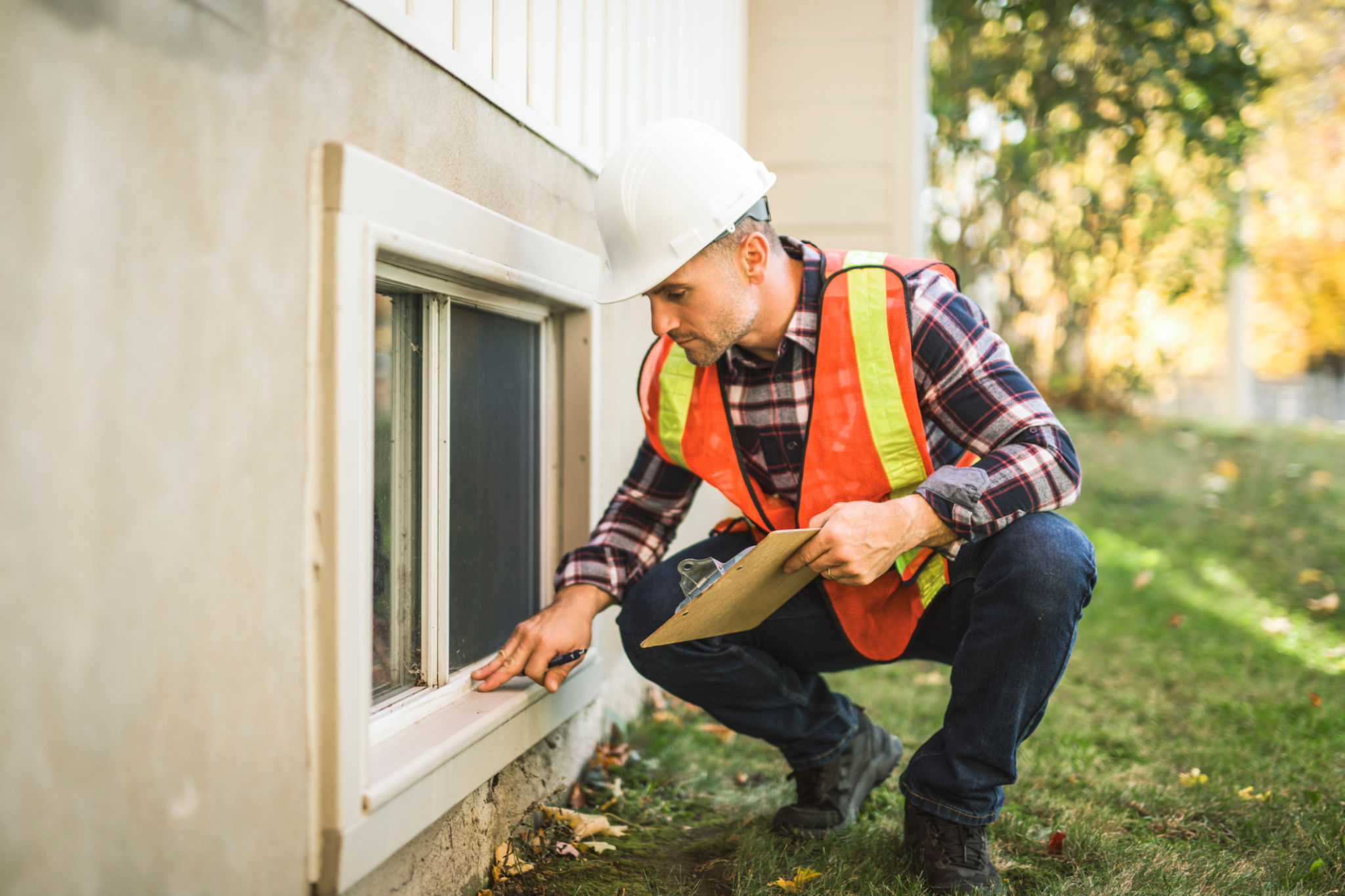Common Misconceptions About Blower Door Testing Debunked
Understanding Blower Door Testing
Blower door testing is often misunderstood, leading to several misconceptions about its purpose and effectiveness. Essentially, blower door tests are used to measure the airtightness of a building, helping to identify areas where air leaks may be occurring. This is crucial for improving energy efficiency and ensuring optimal indoor air quality.
Despite its importance, several myths persist about blower door testing. These misconceptions can lead people to underestimate or misinterpret the results, causing unnecessary worry or neglect of building maintenance. This post aims to debunk some of the most common myths surrounding blower door testing.

Myth 1: Blower Door Tests Are Only for New Homes
One widely held belief is that blower door tests are only necessary for new homes. In reality, these tests are beneficial for both new and existing buildings. Older homes can particularly benefit from blower door testing as it helps pinpoint areas where energy efficiency improvements can be made. By identifying leaks, homeowners can address them and reduce energy bills significantly.
Furthermore, existing structures often undergo changes over time, such as renovations or natural wear and tear, which can affect airtightness. Regular blower door testing ensures that any issues are caught early, maintaining the building's energy efficiency.
Myth 2: Blower Door Tests Are Costly and Not Worth It
A common misconception is that blower door tests are expensive and not worth the investment. While there is an upfront cost associated with the test, the potential savings on energy bills can outweigh this initial expense. By identifying and sealing air leaks, homeowners can reduce their heating and cooling costs.

Moreover, some energy efficiency programs and incentives may cover or subsidize the cost of blower door testing, making it an even more attractive option for homeowners looking to improve their property's efficiency.
Myth 3: Blower Door Tests Can Damage Your Home
Another concern is that blower door tests might damage the home due to the pressure created during the test. It's important to note that the test is designed to be safe and does not pose any risk of damage to the structure. The pressure used is controlled and within safe limits.
The equipment used during the test is specifically designed for this purpose and ensures that no harm comes to the building's integrity. If conducted by a professional, a blower door test will provide valuable insights without risking damage.

Myth 4: Blower Door Test Results Are Difficult to Understand
Some people avoid blower door testing because they believe the results will be too complex to understand. However, professionals conducting the tests provide detailed reports that are easy to comprehend. These reports typically include clear graphics and actionable recommendations.
The data gathered from a blower door test helps homeowners make informed decisions about improvements, guiding them on where to focus their efforts for maximum efficiency gains. This user-friendly approach ensures that even those unfamiliar with building science can benefit from the insights provided.
The Value of Blower Door Testing
In conclusion, blower door testing is a valuable tool for enhancing a building's energy efficiency and indoor comfort. By debunking these common myths, it becomes clear that blower door tests are accessible, cost-effective, and beneficial for both new and existing homes.
Understanding the true benefits of blower door testing can help homeowners make informed decisions about maintaining their properties. Whether you're looking to reduce energy costs or improve indoor air quality, a blower door test is an essential step toward achieving those goals.